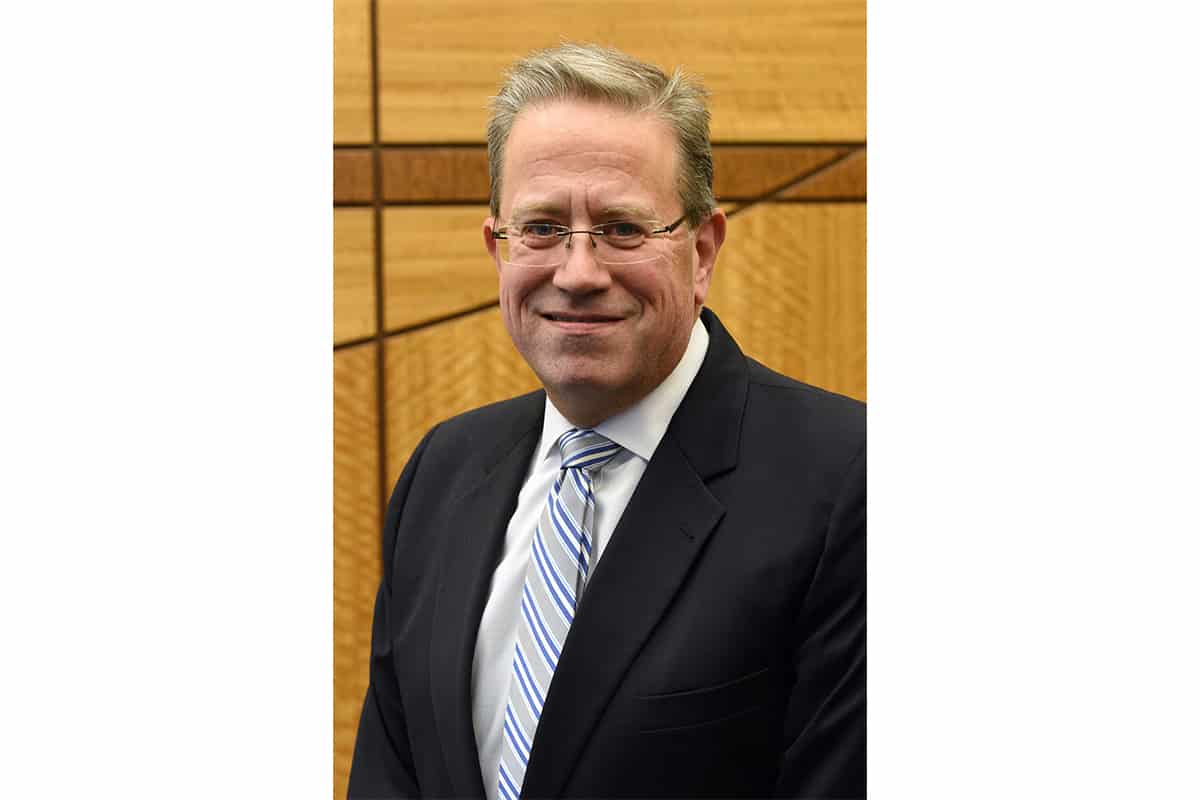UAMS-led Study Shows Potential to Alter Neck Dissection Surgery by 21 Percent in Head and Neck Cancer Patients
| LITTLE ROCK — A study led by University of Arkansas for Medical Sciences (UAMS) surgeon Brendan C. Stack Jr., M.D., has shown the potential to alter neck dissection surgeries in about 21 percent of head and neck cancer patients.
Stack served as co-investigator on the international study examining the effectiveness of PET/CT scans in determining whether a patient’s cancer has spread to their lymph nodes. The study’s results were published Feb. 15, 2019 in the Journal of Clinical Oncology.
For patients found to have positive lymph nodes, a surgery called neck dissection, which involves an incision across the neck, is required to remove the positive nodes.
If a patient’s cancer has not spread to the lymph nodes, neck dissection surgery may not be required, reducing the patient’s pain and recovery time.
“Our study showed that when a patient has negative nodes on a PET/CT scan, 96 percent of the time the result is truly negative. With a high level of confidence, we can say to a patient that if your neck is negative on PET/CT, there is probably no need for a neck dissection,” said Stack, professor in the UAMS College of Medicine Department of Otolaryngology-Head and Neck Surgery.
Cancers that are collectively known as head and neck cancer usually begin in the squamous cells inside the moist surfaces of the head and neck. These cancers can affect the oral cavity, throat, larynx (voicebox) and nasal cavity.
While it was commonly assumed by physicians that a negative scan of the neck meant there was no need for a neck dissection as part of cancer therapy, this assumption had never before been established in a prospective, multi-institution trial.
The study was conducted from August 2010 to December 2016 in 23 centers around the world. Of the total 287 patients enrolled, 42 were from UAMS.
“More patients participated in this study at UAMS than at any other center,” said Stack, who developed the concept 18 years ago with co-investigator Val J. Lowe, M.D., professor of radiology at the Mayo Clinic in Rochester, Minnesota.
“Our first article hypothesizing this concept was published in the journal Cancer in 2001. Now, almost two decades later, we have shown that with the help of PET/CT technology it may be possible to significantly reduce the number of neck dissections performed on head and neck cancer patients,” said Stack.
PET scan is a type of nuclear medicine imaging that uses a small amount of radioactive material, called a tracer, to determine the severity of disease. In the case of this study, the tracer used was fluorodeoxyglucose, or FDG, a molecule similar to glucose.
CT imaging uses X-ray equipment to produce images of the inside of the body. When combined, PET/CT gives doctors the ability to see the body’s abnormality in relation to the anatomy, making it a more precise scan.
Another major result of the study involves the mapping of positive lymph nodes in the neck.
“There has been no other area of the body that has been mapped this way as it relates to PET scanning,” Stack said, adding that it could be beneficial for other types of surgeons to use the study’s results in determining the likelihood of positive lymph nodes in their own patients.
The study was initiated by the American College of Radiology Imaging Network, which later joined with the Easter Cooperative Oncology Group. Results were presented at the American Society of Clinical Oncology annual meeting in Chicago in June 2017, and a two-year patient follow-up concluded in December 2018.
The Cancer Clinical Trials and Regulatory Affairs office provided internal support for the study while it was being conducted at UAMS.
“Ideally, research should provide information that is both usable and capable to being built upon. I’m glad to say that researchers at another institution are already designing a follow-up trial to ours, which will develop this concept even further,” said Stack.
UAMS is the state’s only health sciences university, with colleges of Medicine, Nursing, Pharmacy, Health Professions and Public Health; a graduate school; a hospital; a main campus in Little Rock; a Northwest Arkansas regional campus in Fayetteville; a statewide network of regional campuses; and eight institutes: the Winthrop P. Rockefeller Cancer Institute, Jackson T. Stephens Spine & Neurosciences Institute, Harvey & Bernice Jones Eye Institute, Psychiatric Research Institute, Donald W. Reynolds Institute on Aging, Translational Research Institute, Institute for Digital Health & Innovation and the Institute for Community Health Innovation. UAMS includes UAMS Health, a statewide health system that encompasses all of UAMS’ clinical enterprise. UAMS is the only adult Level 1 trauma center in the state. UAMS has 3,485 students, 915 medical residents and fellows, and seven dental residents. It is the state’s largest public employer with more than 11,000 employees, including 1,200 physicians who provide care to patients at UAMS, its regional campuses, Arkansas Children’s, the VA Medical Center and Baptist Health. Visit www.uams.edu or uamshealth.com. Find us on Facebook, X (formerly Twitter), YouTube or Instagram.###
